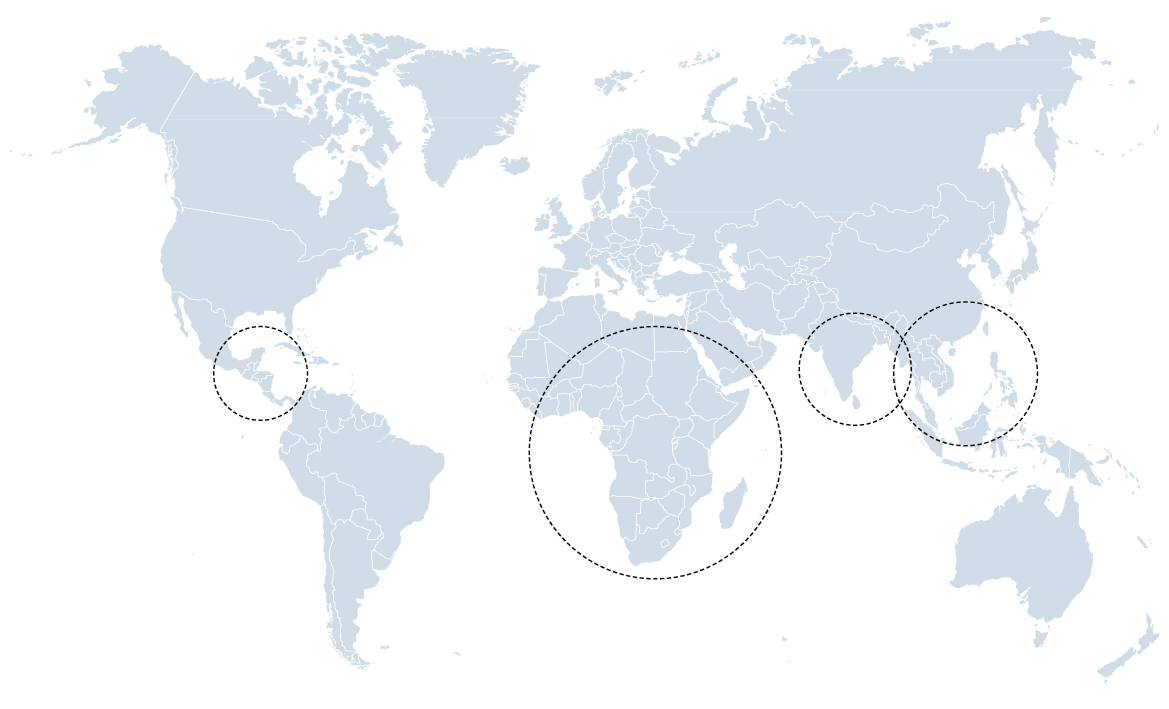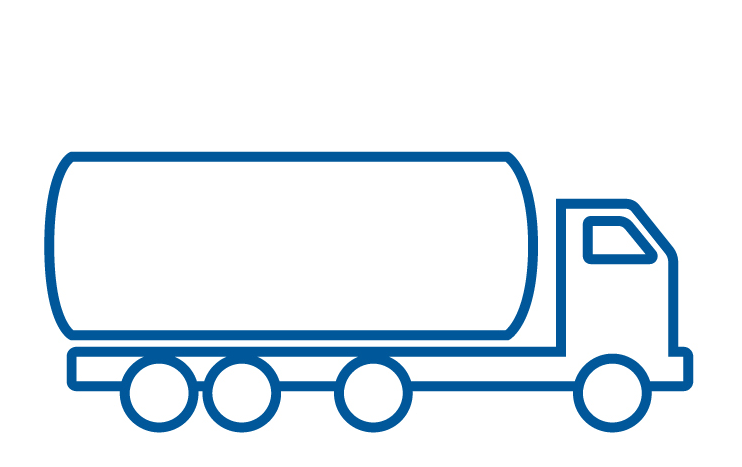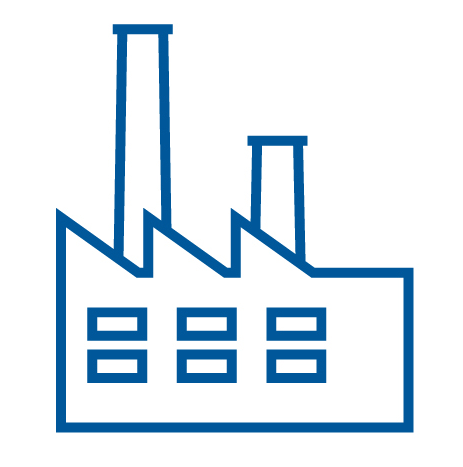Small Scale – The regional solution for liquefied gas distribution
Small-Scale is an effective solution for making liquefied gas (Natural Gas, Ammonia and Hydrogen) available to energy users not currently connected to pipeline networks. It increases the market for natural gas by distributing the gas using a combination of both sea and land-based transport directly to the end-user.
The natural geographies for this Small-Scale concept are developing economies, where the availability of electricity and energy are key enablers for sustainable growth. In short, Small Scale is an innovative and cost-effective means of getting gas to stranded customers, and thereby making the most environmentally friendly fossil fuel available to these markets.
Carbon capture storage projects are required to accelerate the shift to net zero and combat climate change, and liquid CO₂ transportation is a key ingredient and is predominantly performed with smaller gas carriers.
Norgas focus areas

Opportunities for Small-Scale are particularly prevalent in markets where other forms of energy are expensive, unavailable, or unreliable. Even in energy markets where competition is high, Small-Scale can compete due to low energy unit costs and flexibility. According to the International Gas Union (IGU), global demand for Small-Scale LNG is expected to increase between 75-95 million tons by 2030, with 26% in power, 32% in marine bunkering and 42% in fuel for heavy road transportation.
Small-Scale is a relatively new industry in contrast to large-scale, yet it is expanding rapidly. Initiatives to create “virtual liquefied gas pipelines” to access isolated areas and create a more flexible supply can increase and generate additional demand for liquified gas. They also can reduce emissions, using liquefied gas as a substitute to other, less clean, fossil fuels.
Key Markets for Small-Scale Liquefied Gas Distribution
- Gas where there is no gas – Stranded customers– too small or too far away from pipelines and currently using other expensive fuels like diesel and naphtha.
- Gas where it is needed yesterday – Developing countries– where speed of getting clean energy supply in place will impact economic growth
- Gas when it is needed in its liquid form, providing lower emissions – Transportation market
- Gas when emission legislation makes conventional fuels more expensive – ECAs
The three major end uses of Small-Scale solutions are: marine fuel (bunkering), fuel for heavy road (and rail) transport, and power generation in off-grid locations. As technology enables more flexible supply, other markets will emerge.





